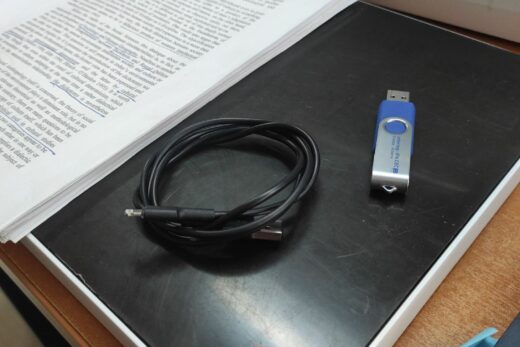
Title: Enhancing Beehives with 3D Printed Plastic Entrances
Introduction:
Beekeeping is a delicate art that requires attention to detail and careful management of beehive conditions. One crucial aspect of maintaining healthy beehives is providing bees with suitable entrances that allow for proper ventilation, airflow, and protection from invaders. In recent years, beekeepers have turned to 3D printing technology to create custom plastic beehive entrances that offer a range of benefits for both the bees and their keepers.
The Benefits of Plastic Beehive Entrances:
Traditional wooden beehive entrances can be prone to weathering and damage over time, leading to gaps that compromise hive security. 3D printed plastic entrances, on the other hand, are durable, weather-resistant, and customizable to fit the specific needs of each hive. With the ability to adjust the size and shape of the entrance, beekeepers can regulate airflow, temperature, and pest control more effectively.
Moreover, plastic entrances can be designed with features such as landing pads and entrance reducers that help prevent predator attacks and regulate traffic flow within the hive. The flexibility of 3D printing allows for intricate designs that promote hive health and productivity, making plastic beehive entrances a valuable addition to any apiary.
Creating Customized Beehive Entrances with 3D Printing:
One of the most significant advantages of 3D printing technology is the ability to produce customized parts quickly and affordably. Beekeepers can design their plastic hive entrances using CAD software and print them on-demand, eliminating the need for mass-produced, one-size-fits-all solutions. This level of customization enables beekeepers to address specific hive challenges and experiment with different entrance configurations to optimize hive performance.
Additionally, 3D printing allows for the use of eco-friendly materials such as biodegradable plastics, further supporting sustainable beekeeping practices. By reducing waste and utilizing recyclable materials, beekeepers can minimize their environmental impact while enhancing hive functionality with innovative plastic entrance designs.
The Future of Beekeeping with 3D Printed Entrances:
As 3D printing technology continues to evolve, the possibilities for enhancing beehive entrances are endless. From advanced ventilation systems to integrated pest management solutions, beekeepers can leverage the power of 3D printing to create efficient, eco-friendly hive entrances that promote bee health and productivity.
By embracing this innovative approach to hive management, beekeepers can stay ahead of emerging challenges such as climate change, habitat loss, and pesticide exposure. Plastic beehive entrances 3D printed offer a glimpse into the future of sustainable beekeeping, where creativity and technology converge to support thriving bee populations and a healthier planet.
Conclusion:
In conclusion, plastic beehive entrances 3D printed represent a groundbreaking development in modern beekeeping practices. By harnessing the potential of 3D printing technology, beekeepers can design and create customized hive entrances that enhance hive security, airflow, and overall productivity. As the beekeeping industry continues to evolve, adopting innovative solutions like 3D printed entrances will be key to ensuring the health and longevity of bee colonies worldwide.



